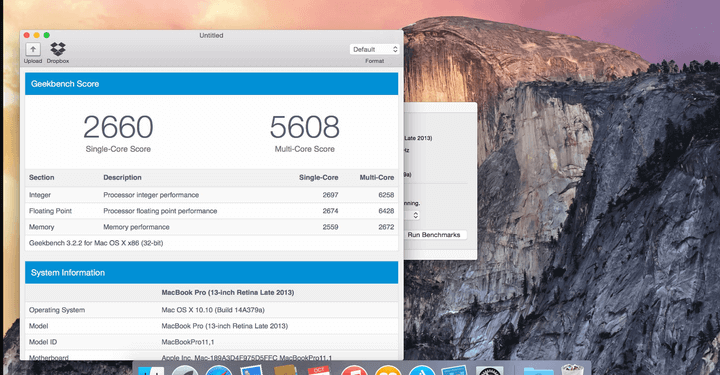
Could that have an effect, perhaps? One potential problem is that the M1 uses a different Mach timebase from Intel processors. Those ATTO benchmarks look impressive, but do they make sense? It’s worth noting here that this app isn’t yet Universal, so runs with Rosetta 2 translation. Write speed has fallen fairly uniformly to around 2.5 GB/s, while read speeds have reached nearly 20 GB/s by a size of 24 MiB.


Those results are for a single stream increase the number of streams to 4, and the results are even more curious. Note that Blackmagic is normally run with ‘stress’ set at 5 GB. While writes stabilise at just under 4 GB/s, even at 64 MiB, reads are continuing to increase in speed, at just under 10 GB/s. Results for my M1 Mac mini, with a 500 GB internal SSD, are very different. Once read and write sizes exceed about 4 MiB, transfer speeds settle at around 2.8 GB/s for reads, and 3.4 GB/s for writes. Before showing those from an M1 model, this is a typical set of results from my iMac Pro: I’m very grateful to Jay, who alerted me to different figures being reported by ATTO Disk Benchmark (available on request from ATTO).

Blackmagic Disk Speed Test, available from the App Store, is now a Universal App, but returns read and write benchmarks of between 2.7 and 3.5 GB/s, which are very similar to those of a T2 model. One clear conclusion for the moment is that relative performance of M1 Macs depends on which benchmark you use. Their one crucial performance area which isn’t as clear is their internal storage: I’ve seen a range of benchmark results which either set them on a par with T2-equipped Macs like my iMac Pro, or just seem puzzling. There now seems no doubt that, by any standards or comparisons, Apple’s first Apple Silicon Macs, its M1 models, are wickedly quick.


 0 kommentar(er)
0 kommentar(er)
